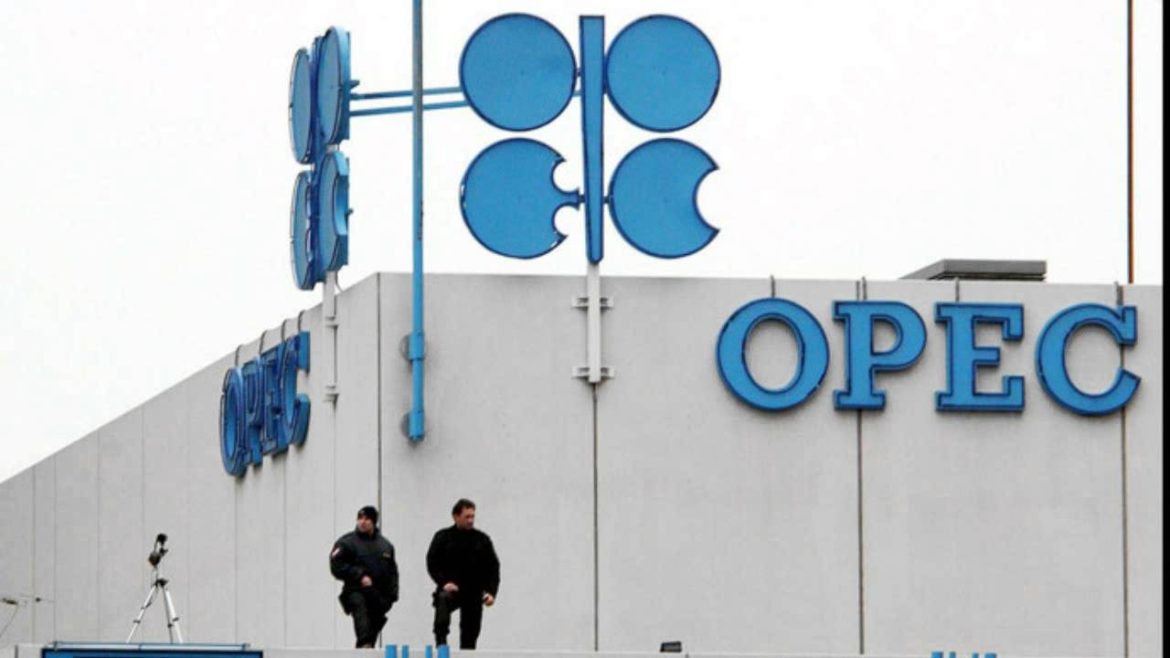- Says the bank would display losses in the next 12-24 months
S&P Global Ratings has lowered its long- and short-term issuer credit ratings on Nigeria-based Diamond Bank Plc. to ‘CCC+/C’ from ‘B-/B’ with a negative outlook.
It also lowered its long- and short-term Nigeria national scale ratings on the bank to ‘ngBB-/ngB’ from ‘ngBBB-/ngA-3’.
“We believe Diamond Bank’s provisioning needs will be higher than we initially expected, which will put pressure on the bank’s capitalization. Additionally, its foreign-currency liquidity position also remains vulnerable, due to a large upcoming Eurobond maturity in May 2019.
“As a result, we are lowering our global scale ratings on Diamond Bank to ‘CCC+/C’ from ‘B-/B’ and our Nigeria national scale ratings to ‘ngBB-/ngB’ from ‘ngBBB-/ngA-3’. The negative outlook reflects pressure on the bank’s capitalization and foreign-currency liquidity,” the foremost rating agency said in a credit rating note
The bank’s senior unsecured debt was equally lowered to ‘CCC+’ from ‘B-‘.
The rating action, according to the note, reflects the consideration that Diamond Bank is currently dependent on favorable business, financial, and economic conditions to meet its financial obligations.
“We believe that Diamond Bank will have to set aside higher provisions than we initially expected, following the adoption of International Financial Reporting Standard No. 9 (IFRS 9), which implies weaker asset quality than we expected and exerts significant pressure on the bank’s capitalization,” S&P said.
The rating agency also noted that following Diamond Bank’s successful disposal of its West African subsidiaries, and imminent disposal of its U.K. subsidiary, it expects it would convert its license into a national banking license, which would mean a lower minimum capital adequacy ratio (10% versus 15% currently) and lower risk of breach.
S&P however noted that though the timing of the UK disposal is uncertain, there is significant pressure on its capital position as four of the bank’s 13 board members have resigned recently, which could create instability if left unresolved in the near term.
As of Dec. 31, 2017, the bank’s regulatory capital adequacy ratio reached 16.7 percent. It dropped to 16.3 percent in Sept. 30, 2018, on the back of IFRS 9 implementation and amortization of tier-2 capital instruments.
The initial implementation of IFRS 9 resulted in the bank taking a N2.5 billion (approximately $7 million) deduction from retained earnings at June 30, 2018.
The rating agency believes the bank will have to take higher provisions for IFRS 9, using the N31 billion of regulatory risk reserves that it holds under the local prudential guidelines.
“Based on peers’ experience and the bank’s weak asset-quality indicators, we estimate the impact will significantly exceed the regulatory risk reserves and estimate that our risk-adjusted capital (RAC) ratio will reach 3.4-3.9 percent in the next 12-24 months compared with 5.3 percent at year-end 2017,” S&P said, adding that the impact will be somewhat tempered by the capital gain when the sale of the bank’s U.K. subsidiary is finalized.
“We expect the bank’s credit losses to average 5 percent over the same period, while nonperforming loans (NPLs; including impaired loans and loans more than 90 days overdue but not impaired) will remain above 35% in the next 12-24 months after reaching 40 percent at Sept. 30, 2018,” it stressed.
Overall, it said it expects the bank to display losses in the next 12-24 months.
“Diamond Bank will in May 2019 have to repay its maturing Eurobond principal of $200 million. The bank plans to use its foreign-currency liquidity and the proceeds from the sale of its U.K. subsidiary for the repayment, among other sources. Any delays or unexpected developments could exert downward pressure on the ratings.”
Following the recent resignation of board members, the bank could face some outflows of deposits, but the granularity of its deposit base and its historically good retail franchise are mitigating factors, according to the rating note
S&P said the negative outlook reflects the pressure on the bank’s capitalization from weaker-than-expected asset-quality indicators, and on its foreign-currency liquidity due to a large upcoming maturity in May 2019, which could lower the ratings if provisioning needs proves higher than current expectations, leading to a decline in capitalization as measured by our RAC ratio (below 3%) or a breach in the local regulatory requirements.
“We could also lower the rating if the bank is unable to secure sufficient foreign-currency funding for the repayment of its Eurobond. When the latter is repaid, we may revise the outlook to stable if the banks’ asset quality and capitalization improves, and the make-up of its board stabilizes,” it stressed.








